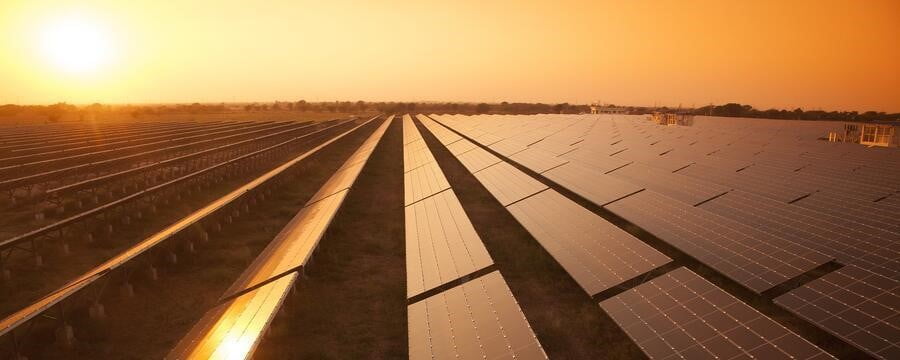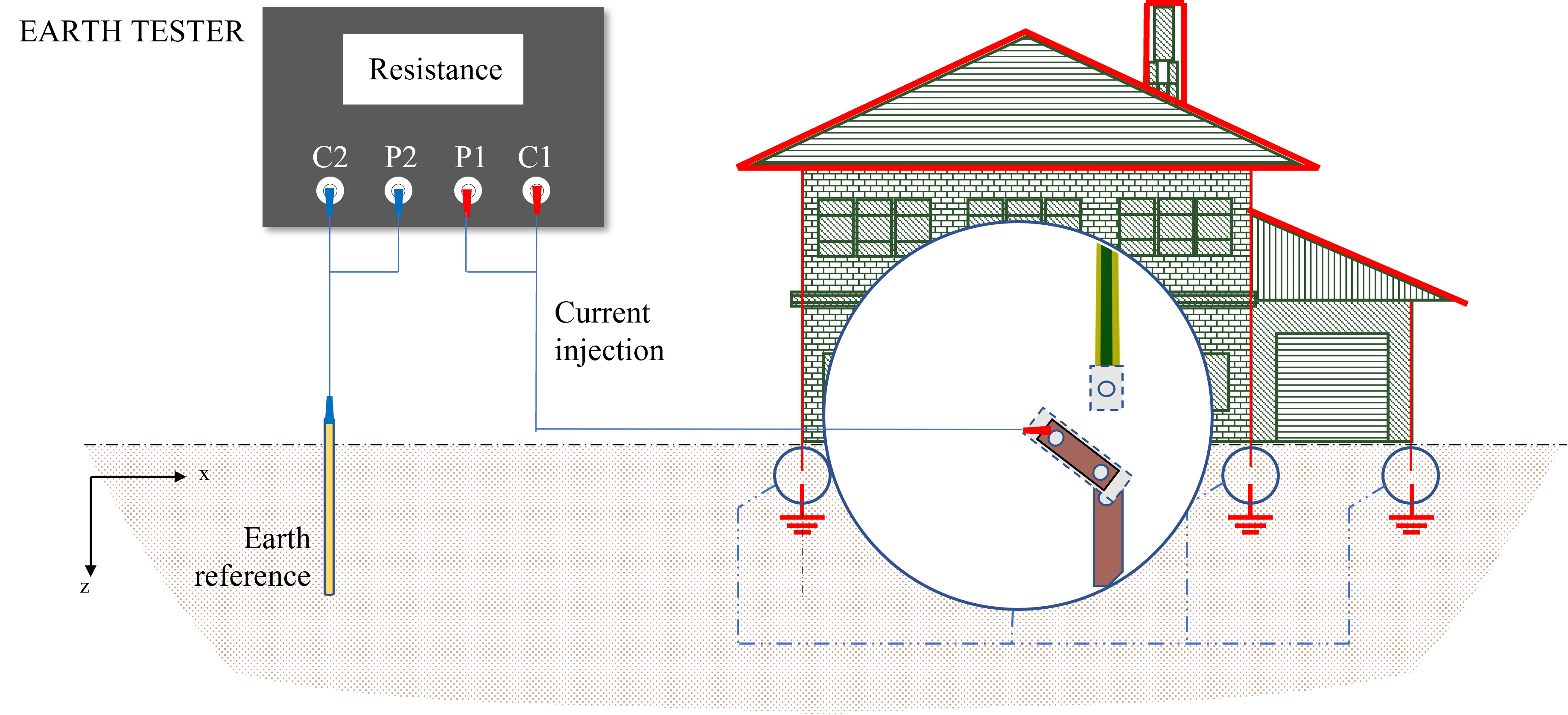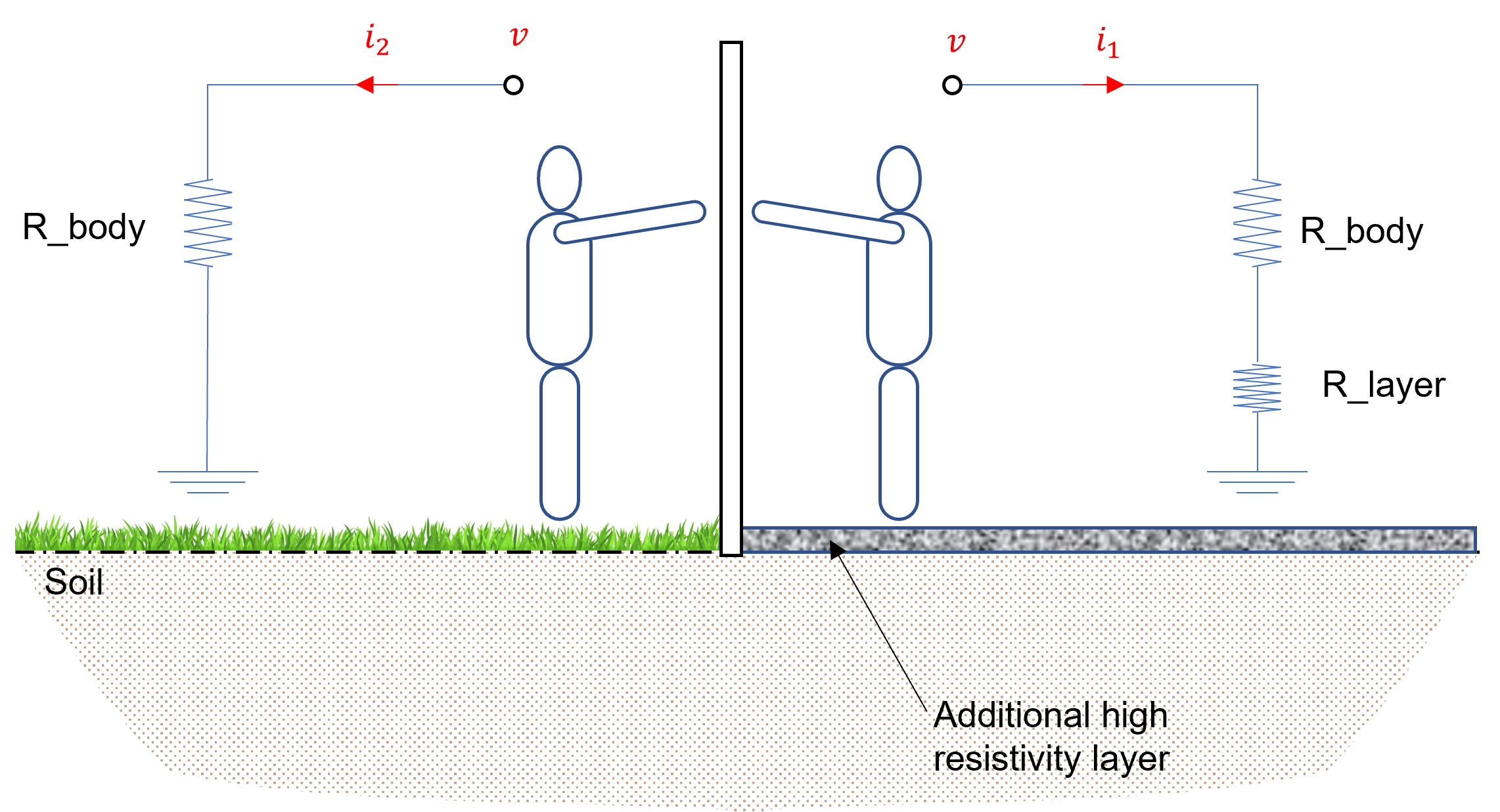Solar power is becoming the go-to option for people across the world to meet their energy needs.
Why?
Today, the primary objective when it comes to generating power is sustainability. As a result, corporations, governments, and individuals are investing in renewable energy products to gradually shift from electricity generated by fossil fuels to be more energy-efficient, especially with climate change looming around the corner.
To meet the growing need for renewable energy products, we even released our line-up of solar PV products designed to meet the highest standards and provide customers with clean energy that they can count on.
While solar energy is the most viable renewable energy technology for the masses, it is by no means the only solution. Sustainable energy products such as hydraulic power, hydrogen-based fuels, atomic energy, and wind turbines are other examples of clean energy solutions.
But, all these investments in renewable technology systems could fail before the energy transition happens.
Why?
Even the slightest voltage spike can damage every electronic device drawing power from a solar panel array if it has no surge protection. This is aside from the fact that any energy-saving investment you make would be rendered useless without lightning protection since lightning is one of the main reasons solar panels malfunction.
Let’s dive into that a bit further.
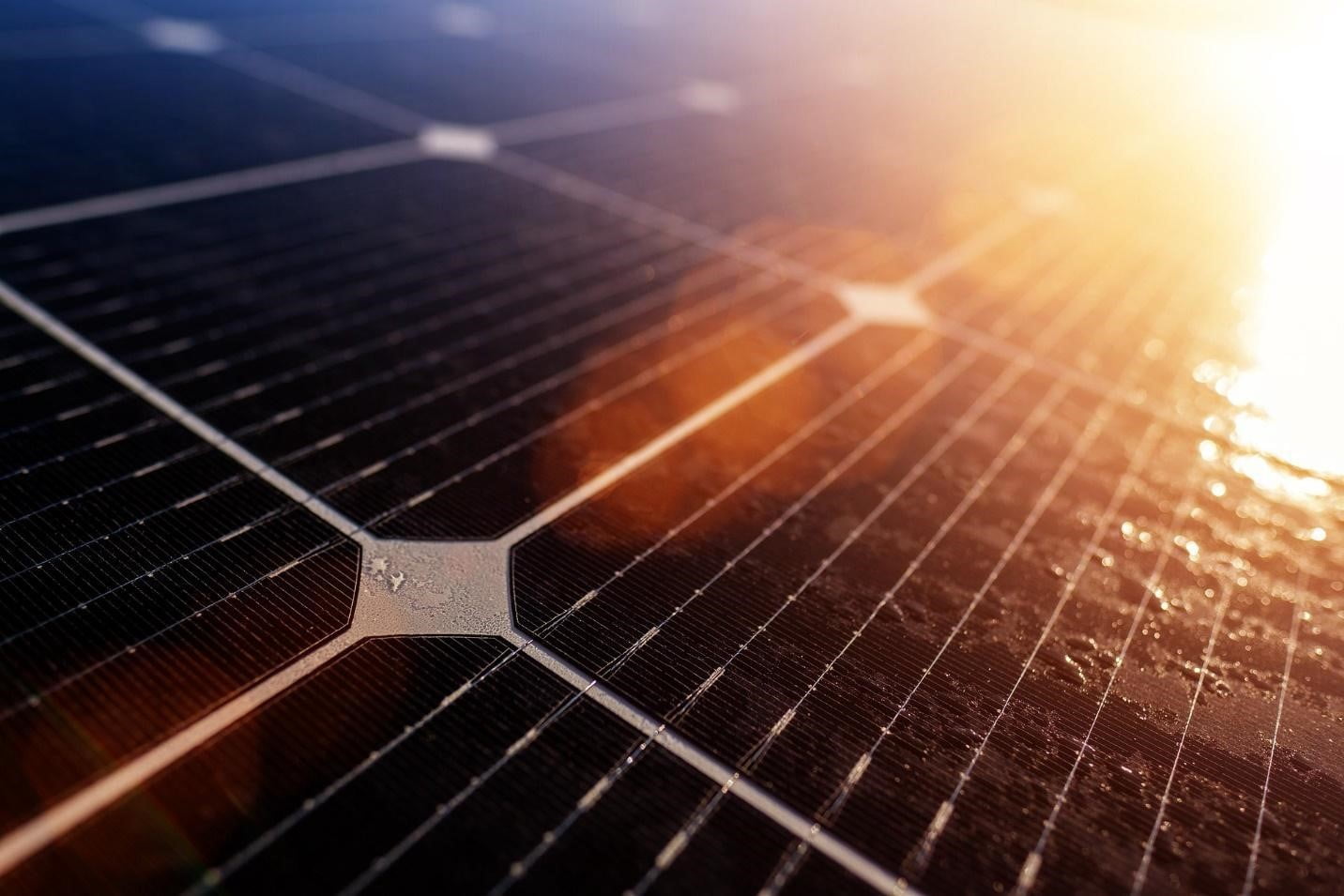
Surge protection is a small part of an overall solar panel array installation; yet, it is an integral component that can’t be ignored. Like every other electrical device out there, solar panels are prone to sudden voltages increases that can damage their internal components.
This can often be attributed to lightning storms since solar panels are exposed and found on roofs, fields, or other isolated areas, making them prime targets due to their expansive size and metallic components.

Lightning poses significant risks of complete or partial destruction to solar farms either immediately from a direct strike or results in degenerative damage from an indirect strike.
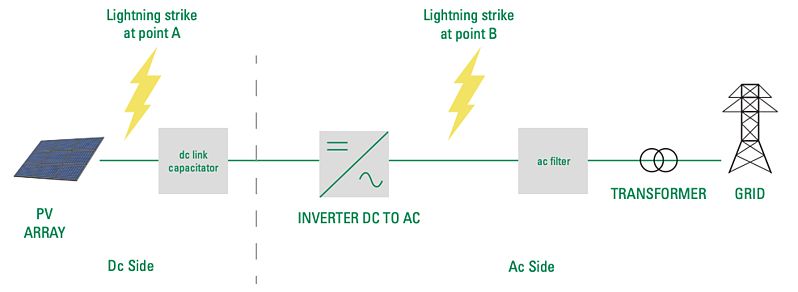
Overvoltages can impact a solar panel system installation in different ways:
- From direct strikes to the external lightning protection system of a structure, near it, and even to the PV installation itself
- From lightning-induced currents distributed into the electrical network
- From overvoltages transmitted from the electrical network of atmospheric origin (lightning) and/or due to operations
- From variations of the electric field due to lightning
- From the grid, if lightning hits medium or low voltage conductors
- From the earth, if lightning hits close to the PV’s inverter
- From the DC side, if lightning hits the PV modules

When lightning strikes a solar panel array, it causes an induced transient current within the system’s wire loops that lead to the failure of the insulation, panels, inverter, and communication equipment. Other components within the solar power system, such as the combiner box and MPPT (maximum power point tracker device), have the highest chances of failure.
Some solar PV systems might withstand physical or circuit damage to their panels; however, their circuit controls and energy storage devices will be instantly unusable after a lightning strike.
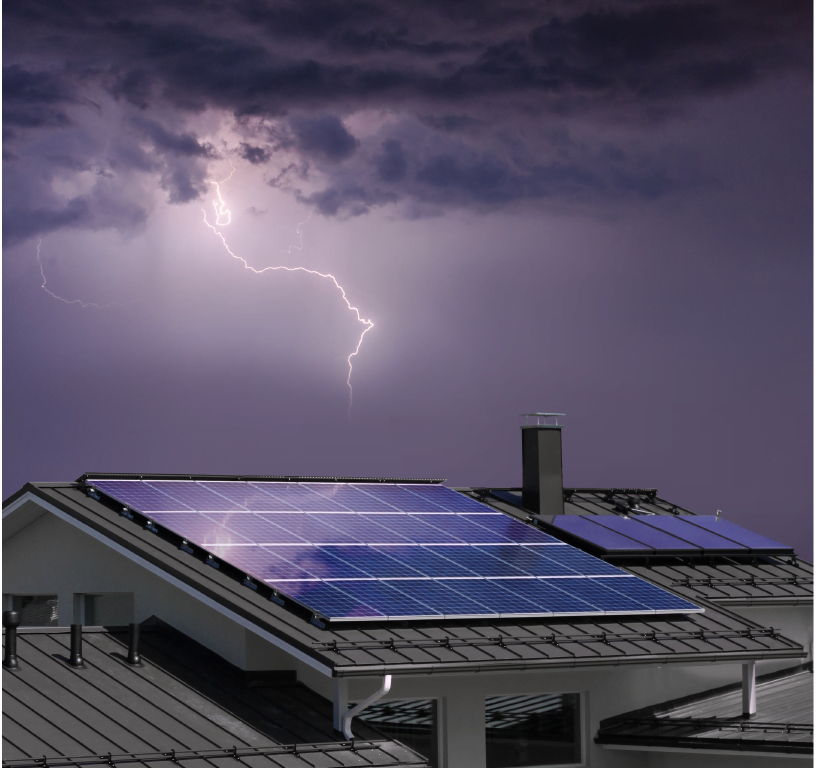
A surge protection network should be installed throughout a solar power system’s DC and AC power distribution network to safeguard critical circuits. The overall number of SPDs needed in a solar PV system varies depending on the distance between panels and inverter.
We recommend the installation of SPDs on DC inputs and AC outputs of a solar PV system’s inverters while grounding both positive and negative DC lines. Combiner circuits, control circuits, monitoring systems, and tracking systems must also be protected to prevent electrical interference and data loss.
- In AC lines, surge protection should be deployed on each power conductor to the ground.
- If the cable length between solar panels is under 10 meters, 1 SPD should be installed by the inverter, combiner boxes, or closer to the solar panels.
- In installations with DC cabling over 10 meters, more surge protectors will be needed at both the inverter and solar modules end of the cables.
- In a residential solar power system with microinverters that has short DC cabling but longer AC cables, SPDs should be installed at the combiner box to protect the home from transient surges.
Surge protection is a necessary component in any electrical installation, but by no means does it replace a proper lightning protection solution.
If you want to protect your investment, surge protection is not an option, it is a necessity, but if you want total protection and peace of mind, a lightning protection system can make the difference between the success and failure of large-scale solar power installations.
A lightning protection system not only protects the solar PV system but also provides reliable protection to your entire property and assets while safely diverting transient currents to the ground.
A simplified way to look at lightning protection vs surge protection is to view surge protection as the second line of defence against indirect lightning strikes.
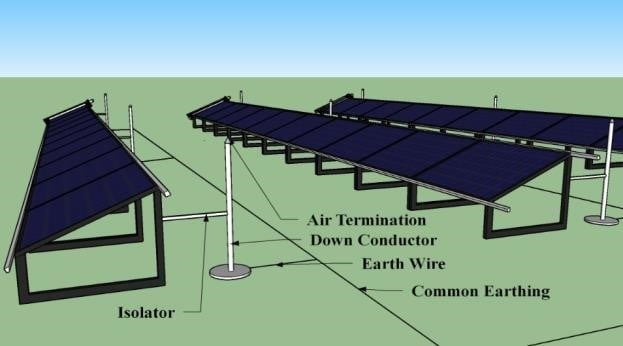
Suppose you want your solar power system to serve you continuously. In that case, it is imperative to understand that even the most advanced technologies have their limitations, which is why you need to have all your bases covered and be one step ahead by getting surge protection.
You must keep in mind that solar contractors may not be aware if they’re installing a solar PV system in an area prone to lightning strikes, not to mention that surge protection is generally not included during the installation of a solar system.
So, while you might already have a solar power system working correctly, that doesn’t mean that you have surge protection, which means that the fate of your electronics is entirely up to chance.
Your contractor might have even told you that your solar power system doesn’t need SPDs since your property already has surge protection – which would sound great in theory to reduce your costs. But, unfortunately, what it means is that you’re leaving your solar panels as sitting ducks once the next storm brews up.
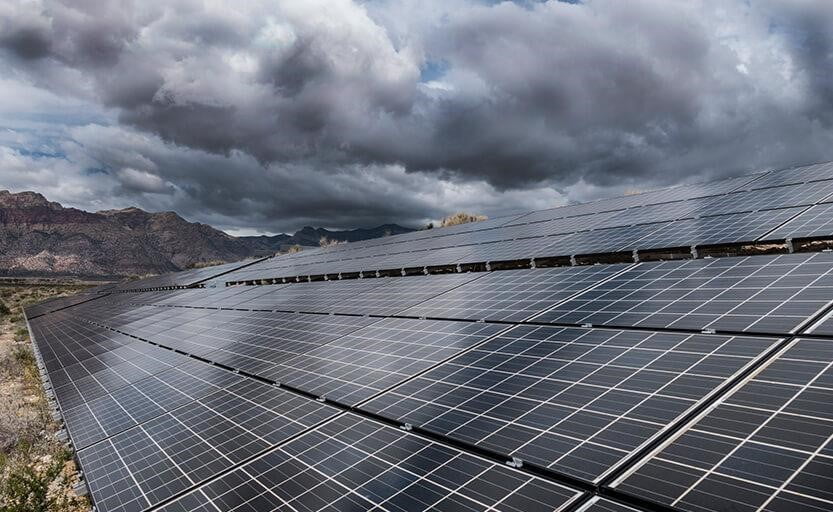
Whether you plan on installing solar panels or already rely on them, Kingsmill Industries is here to provide you with quality protection that you can count on.
Check out our complete catalogue of industry-tested solar power solutions on our website.
Don’t hesitate to call us on + 44 1773 510001 or email us at [email protected] for any additional information you might need to help you with your solar power surge and lightning protection needs.
If you have any questions regarding this piece or require further information and professional assistance, please do not hesitate to contact us through our website to submit a query.

